Yesterday I talked about the basics when it comes to underwater macro photography. Today I want to discuss some of the equipment that can be used to capture those macro images you want. I’m not going to tell you what is better or worse because for the most part that very subjective, I will let you know what I’m shooting with and why but by all means buying camera equipment for any application is a big undertaking.
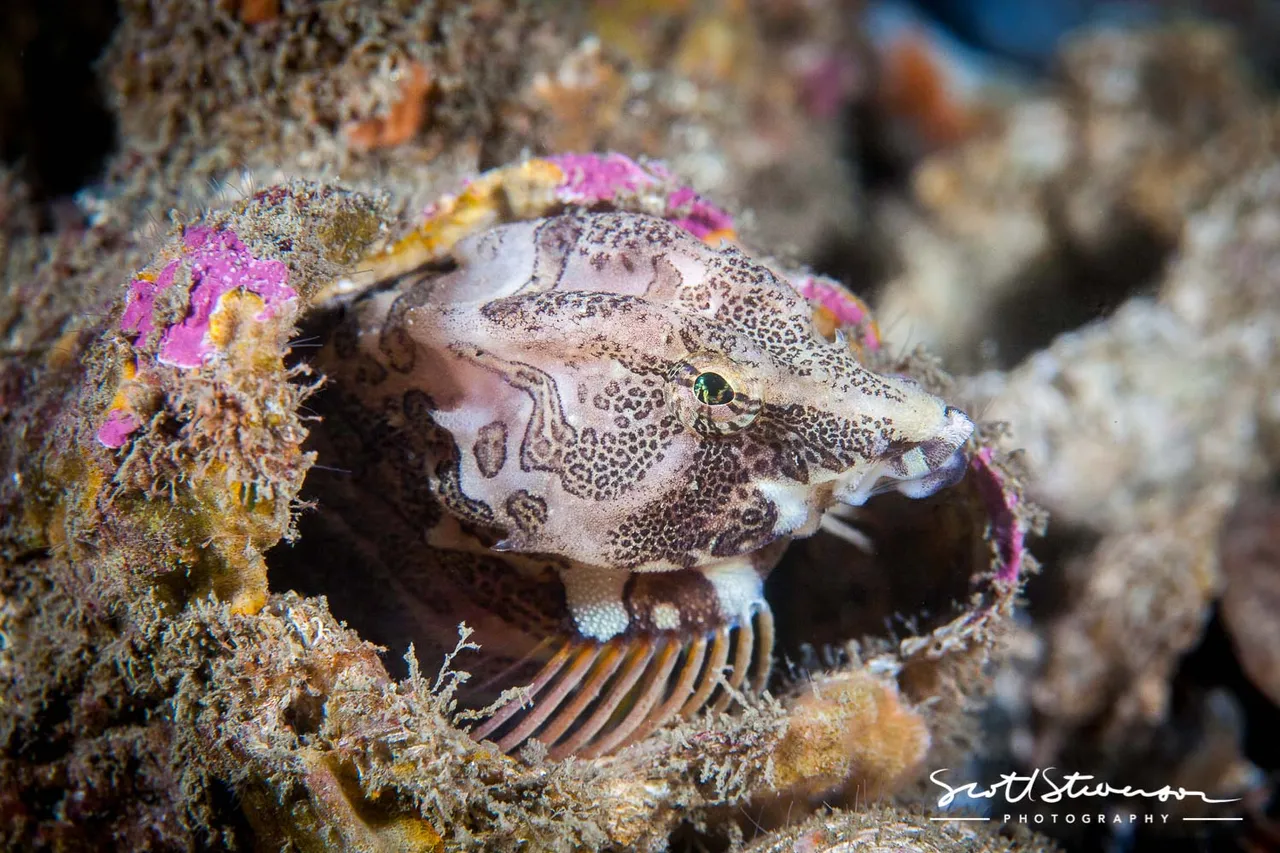
My first recommendation is buy what you can afford and what is best for your situation and what you want to shoot. I live in Canada so I chose a Canadian made housing for my underwater work; Aquatica Digital (http://www.aquatica.ca/). I did this because it was what was best for me, they are local and I love to support local companies. It much easier for me to get maintenance done on my housing and order parts as I need them from a Canadian company. Do your research, and once again pick what is best for you.
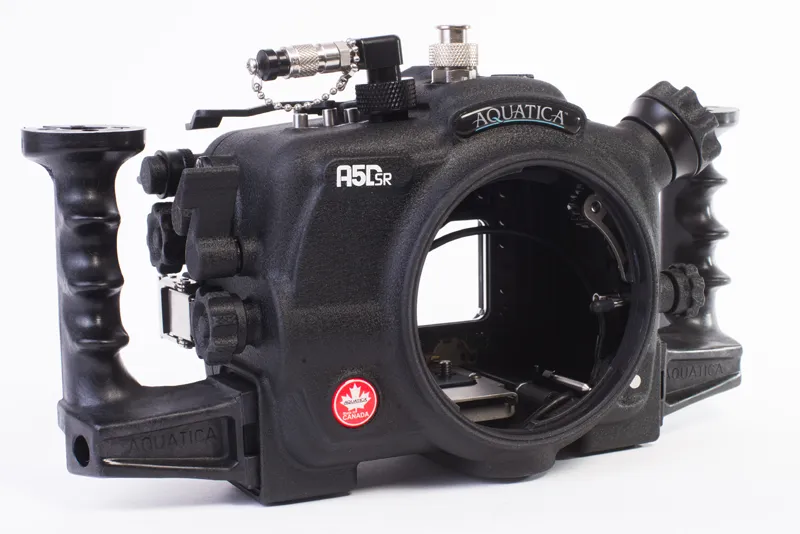
Aluminum Aquatica camera housing for DSLR cameras.
As for cameras I shoot with a Canon, I picked this brand because of how it felt in my hands and the ease to which I figured out all of the setting. If it feels right you will use it more, that how I look at things. I can go on and on about which camera has which options and all the good and bad things, but I’ll leave that for you to look at on any of the thousands of camera and photography websites out there. The gear I own is specific for me and what I use it for, do the same for yourself, you’ll be happier and more comfortable above and below the water.
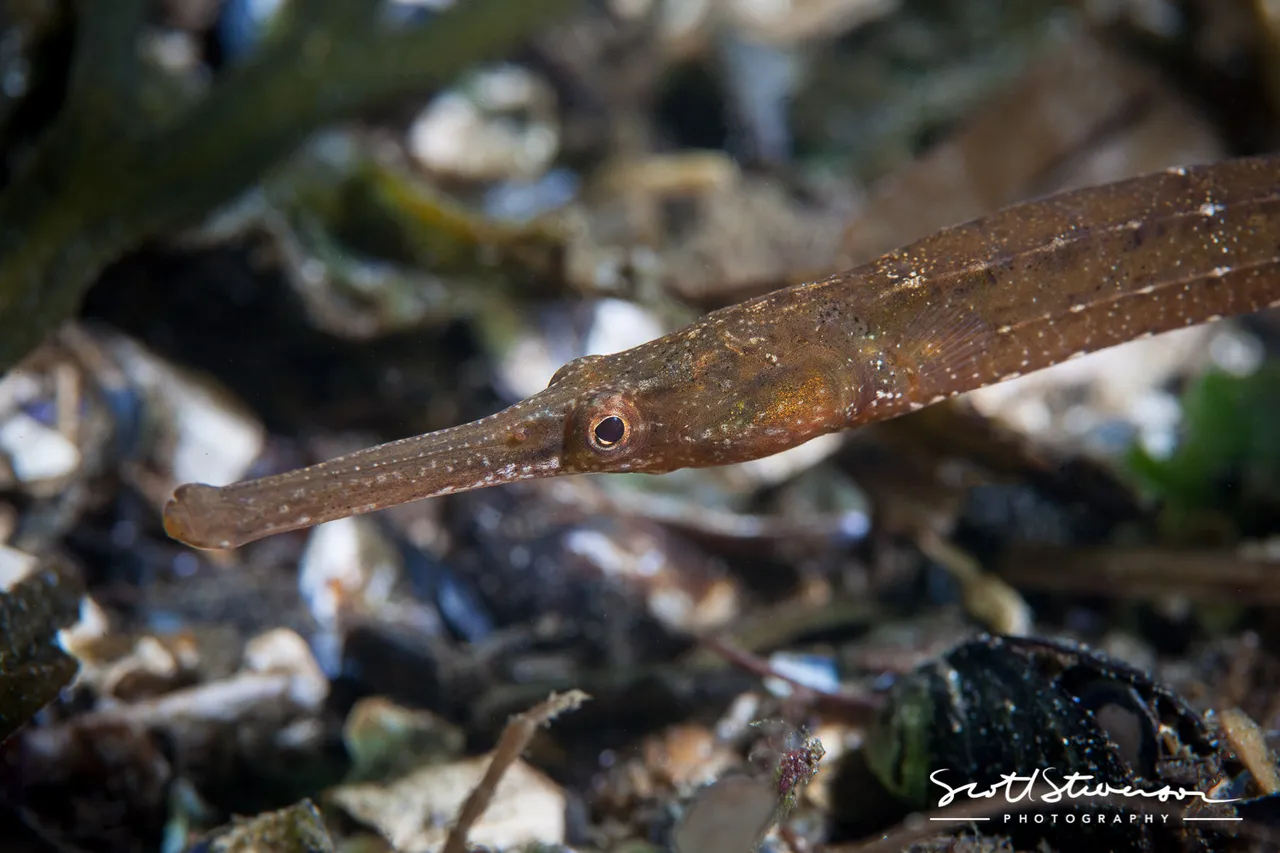
Shooting macro can be done with either a point and shoot (compact) camera or a DSLR. Most compact cameras have a macro mode (designated by the flower symbol), which re-configures the zoom mechanism in the camera to allow for closer focus. DSLR cameras need a macro len and a flat port which attaches to the housing.
Most brands (Canon, Nikon, Sony etc.) have a range of options, typically between 50-200mm when your looking to select a lens. Since I’m a Canon shooter we will look at the 60mm and 100mm macro lens but if you have a different band of camera, most of those companies have similar options, Nikon has a 105mm lens.
So which one do I want and why? What this really comes down to is what your shooting, how close you can get to your subject and your skill level. Let's break this down, with a 60mm lens you can focus very close to the subject, but you have to be very close to that subject. So if your shooting a skittish animal it is much more challenging to get the image you want. Shooting with the 100mm allows you to get the same shot from a greater distance. Next the angle of view of the two lens is different. When you shoot with a 60mm lens there will be more background in the image in comparison to that of the 100mm lens. This obviously has both composition and subject selection implications. It’s easier to remove distracting backgrounds with a narrower angle of view by using a lens with a longer focal length like the 100mm lens, but you can shoot larger subjects with the 60mm lens.
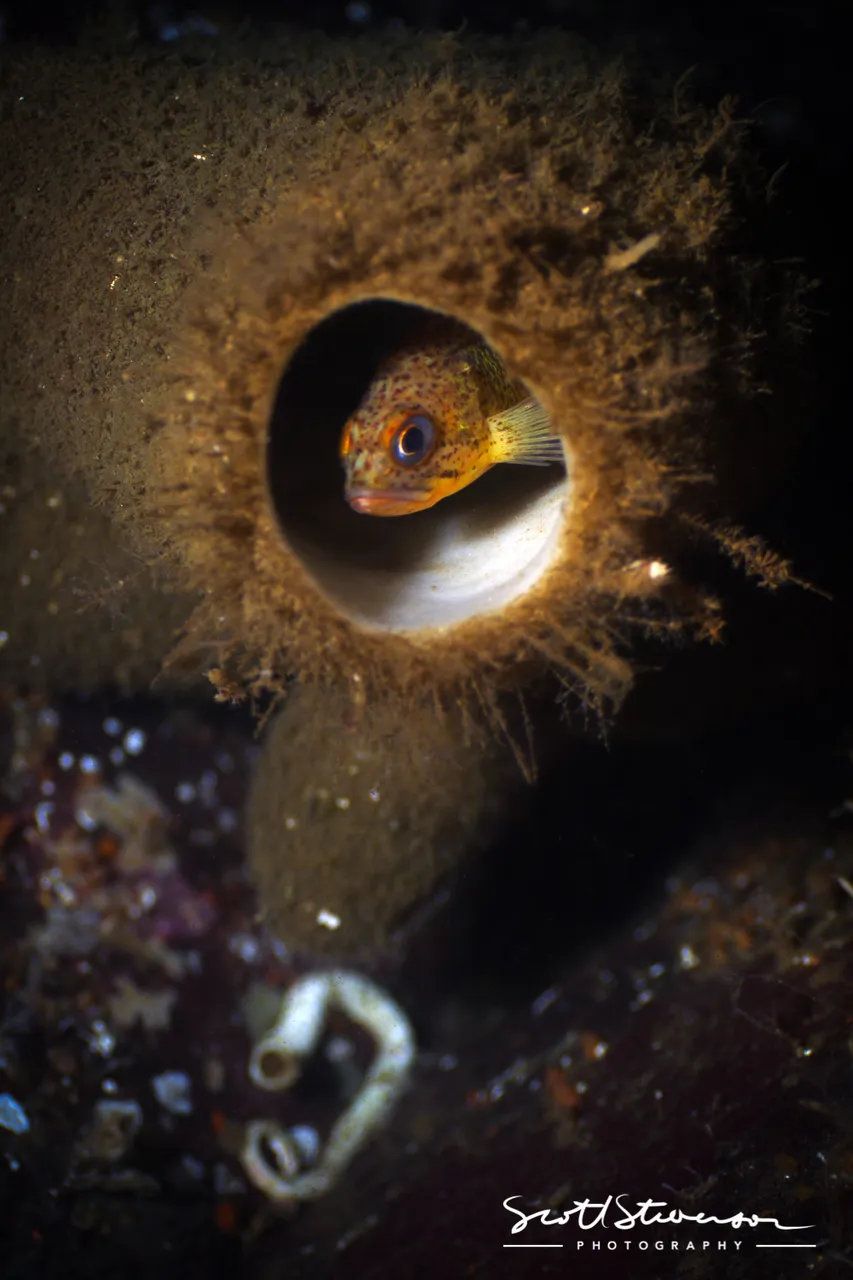
Shot with Canon 60mm lens
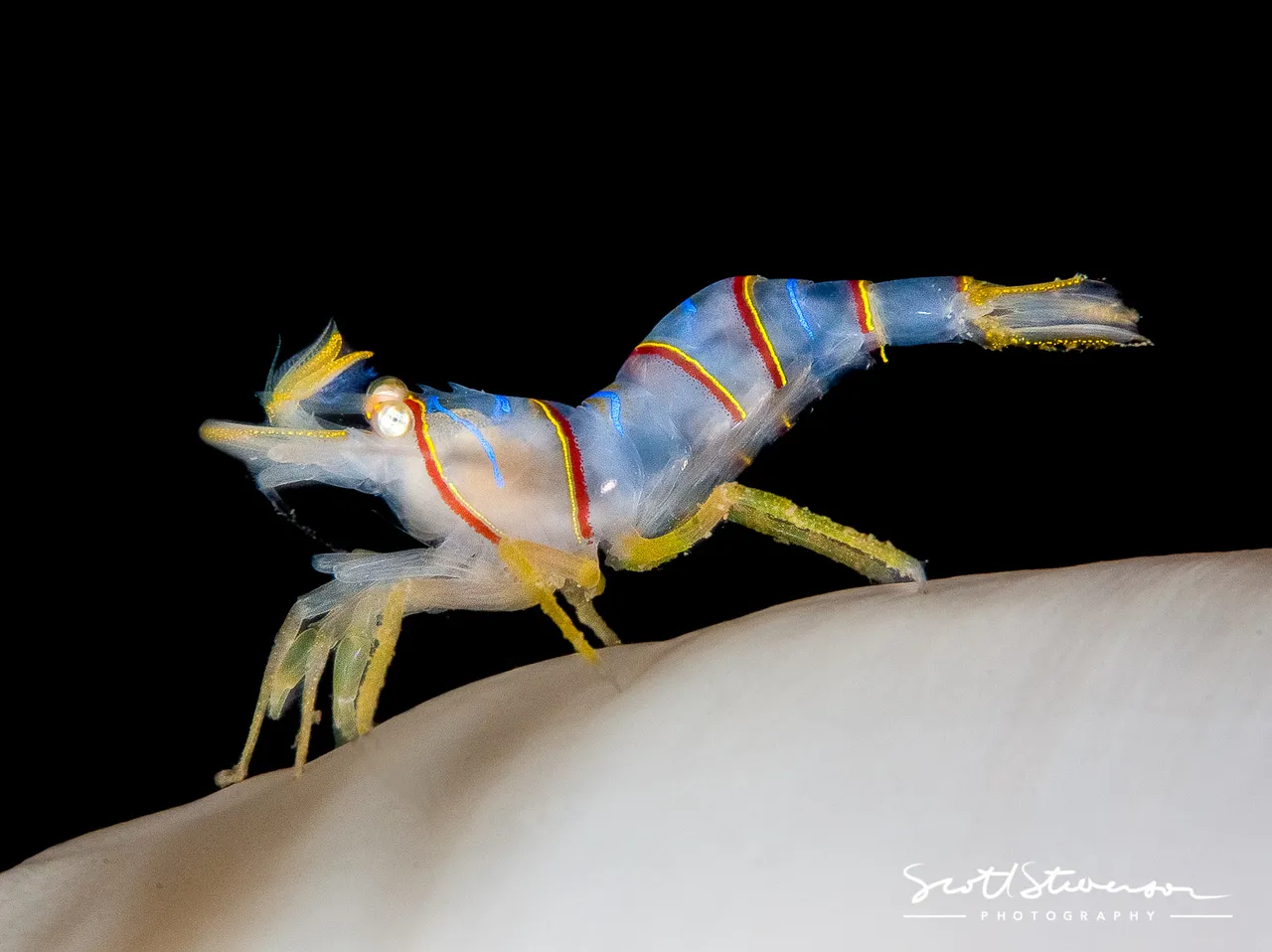 Shot with Canon 100mm lens
Shot with Canon 100mm lens
Honestly there is no right answer to which lens you select other than you get the one you can afford, and suits your needs and the images you want to create. Over the years I have found that most newer underwater photographers will lean towards the 60mm because it's easier to focus but you might not get the results you're looking for. 100mm lens allow you to fill the frame much easier but it's totally up to you what you pick. I shot with a 60mm when I first started you and then graduated to 100mm. The 100mm is what I use today and I love my lens.
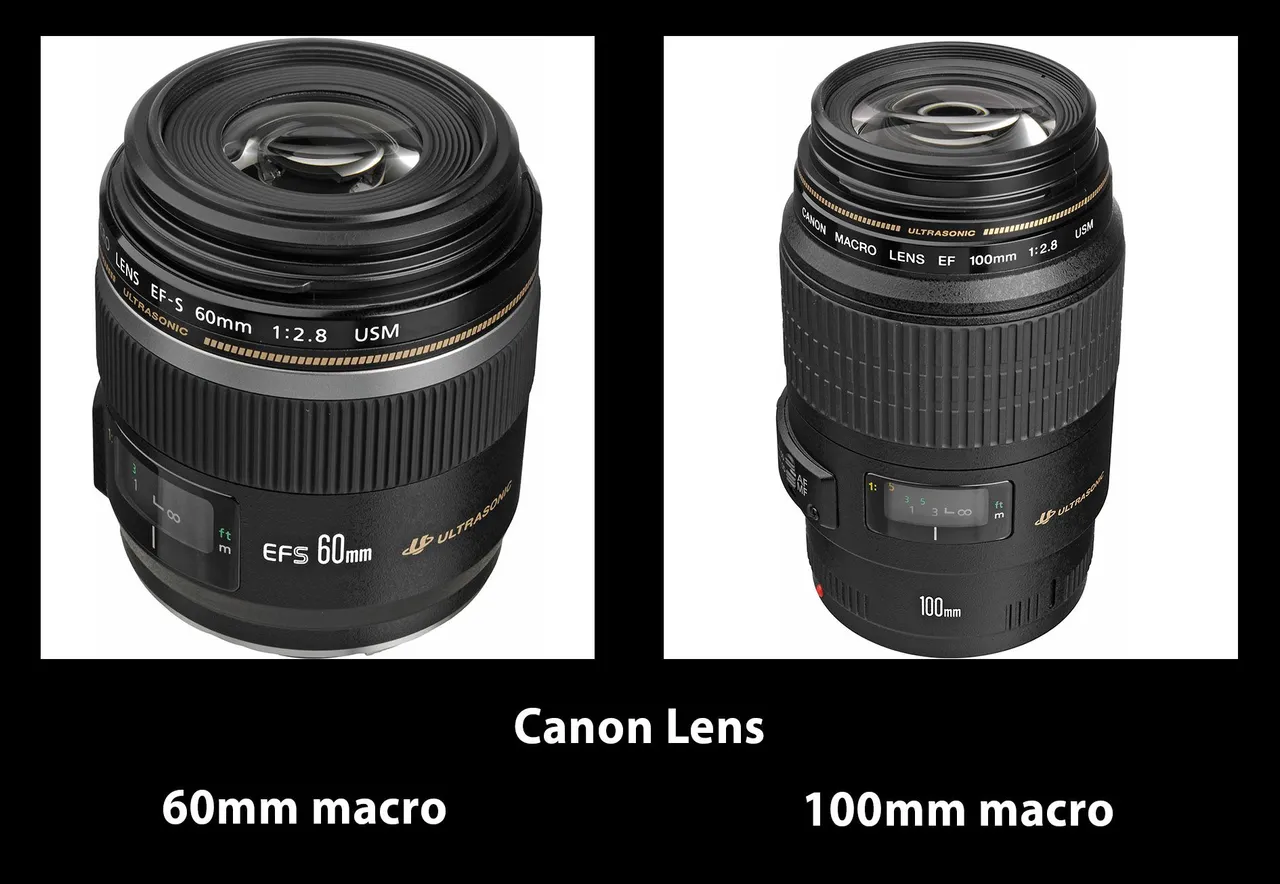
The last thing I’m going to touch on is ports. When shooting macro, you will be using a flat port rather than a dome port which are used in wide angle photography. Here is an absolutely fantastic link to the technical aspects of a flat port. It is extremely detailed, if your not a tech head you’ve been warned! http://www.camerasunderwater.info/optics/flat-port-theory
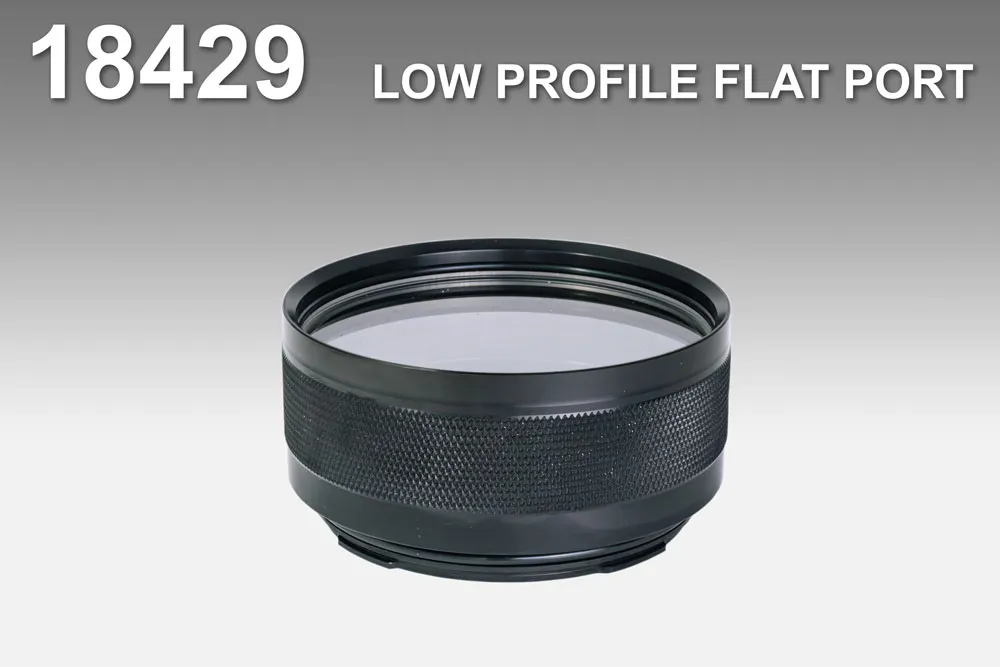
Aquatica macro Flat Port
I can’t stress enough to take the time and do your research before you buy a lens. Go to your local camera shop and shoot with the lens. Try different things get a feel for what you like and go with that one.

Thanks for reading and please let me know if you have any questions specifically relating to gear, I’m happy to help anyway I can.
Scott
Macro Photography Basics: https://steemit.com/education/@scottdphoto/underwater-macro-photography-101-part-1